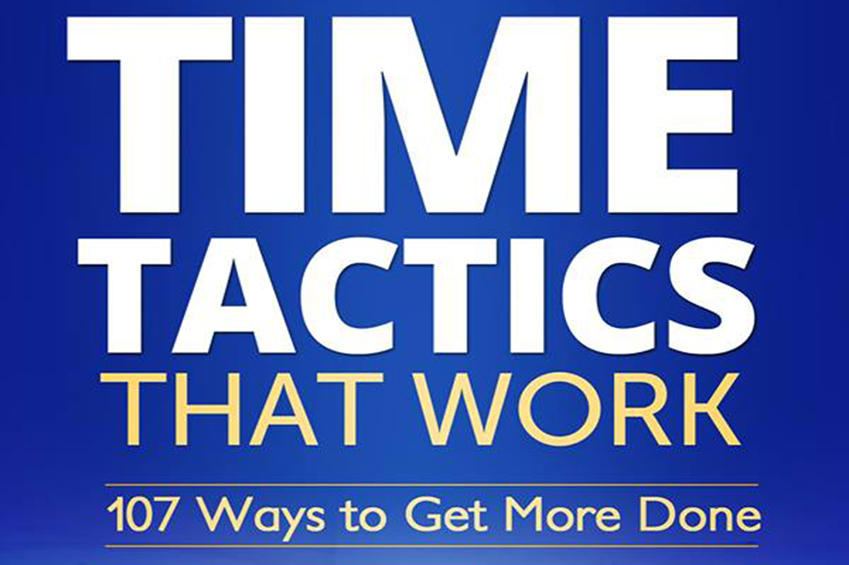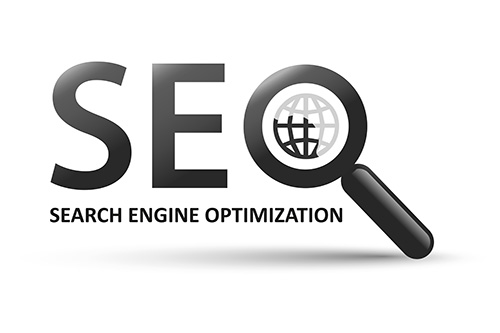Many of you have been in touch with me to share the progress on your info products. You’ve all been doing some amazing work!
Now that you have your product ready, the next step is to get a salesletter online. I’m not going to teach you the specifics of how to write copy in the next few issues of this newsletter. There are others out there who have already created amazing resources to show you how to do this. I highly recommend any of Lorrie Morgan-Ferrero’s products. Derek Gehl’s Insider Secrets also includes a module on copywriting.
So while I won’t teach you how to write copy, I will go over the basic structure of an online salesletter and encourage you to create a swipe file of salesletters that you like. In fact, any time you order a product online, you should save the salesletter because chances are if it was good enough to persuade you to buy, it’s a good indicator of the strength of the sales copy.
Salesletter Template
Headline: Your headline is a concise summary about the benefit of the offer you will be making. Writing an attention grabbing headline is key to your online success. I myself have bought many a product based on the strength of the headline alone. I mean who has time to read 30 pages of salescopy? More often than not, I’m sold on the product based on the headline alone and a few other key elements on the salespage.
Opening Sentence: Your opening sentence builds upon the benefit, or problem-solution, spelled out in the headline. Some copywriters use a sub-heading to expand upon the benefits of the headline. Others use the first sentence of their copy. Test both to see what works best with your target audience.
Big Promise: You may choose to outline this in your headline or opening sentence. But if you’re using those elements to set up a problem and your salesletter is going to walk your prospect through your solution, then you want to make your big promise close to the top of your salesletter.
Proof: Another key persuasive element of your salesletter is proof. Proof comes in many forms. Ask yourself: What will make my reader / prospect believe what I am saying is true — what will make them believe I can deliver on my promise?
Structuarly, any combination of the following elements can be used:
• Bullet points
• Testimonials
• Facts
• LogicBuild Value: Your price point doesn’t matter much. Crazy claim, right? Here’s why: No matter what you’re charging, people will think it’s too much unless you make a reasonable (and believable) comparision showing that finding similar information or a comparable product or service any other way would cost far more. Study online salesletters for good examples. Look for phrases like: How much is information like this worth to you? or How much is all this going to cost you?
Make the Offer: Your offer is the unique, most compelling expression of the best combination of features and benefits of your product. This is also the area where you can highlight any special bonuses.
I know a few info-preneurs who say to write the salesletter first before you create your product and focus on designing the most compelling offer and then creating your product so that it delivers on every benefit and offer. But it takes many info-preneurs years to get to that stage. Just make sure your salesletter matches your product and you’ll be fine.
Call to Action: This is where you ask for their order. I’m always amazed at how many copywriters miss this step. Study your swipe files, especially for products you’ve personally ordered, and see how they close the sale.
Guarantee: Your Guarantee is very important, because it eases the worries that come right after your prospect has made a decision to buy. Many first time online entrepreneurs do not offer a guarantee on their products. They could be curtailing their sales. Again, study the guarantees on the salespages of products you’ve personally ordered.
P.S.: Your PS is your last chance to miss the sale. I feel it’s as important as the headline. You can shortform the main points of your benefits, value and offer in two or three impactful PS statements. I’ve personally bought many products based on the headline and the PS.
That, in a nutshell, is all that’s needed to write a compelling salesletter. I know I haven’t given you a lot of specific instructions. There are other teachers with a proven record of writing great conversion content who can fill in the gaps.
I do have a few tips I can share from my work with successful online entrepreneurs:
Before you start to write copy, you need to know your customer and how your product applies to your customer or market. Not only that, you need to talk to your market in their own language. Use words and phrases that they would use.
Using the format above, go through your product and find the features, tell your customer what those features will do for them (benefits) and then create your offer – which is essentially what does this combination of features provide in terms what it will do for the customer – and what’s unique about it.
IMPORTANT: This is a step that’s often missed. Once you’ve written the copy, read it out loud. Silly as it is, it will help you catch mistakes and also clue you in on whether the salesletter sounds personal and conversational – does it read like you’re talking to your customer
Examples:
Mari Smith’s Social Media Marketing Method
Ali Brown’s Online Success Blueprint
Mark Joyner’s Best Selling Author (or really anything Mark Joyner writes)
One more word of advice: The hardest thing about writing copy is getting started. Staring at a blank page can be intimidating. Follow the outline above and write blocks of copy. Deal with one element at a time and then write the filler copy in between each block.
Happy writing!






[…] Go here to see the original: Copywriting Basics […]
[…] writing copy for your site, I suggest creating a swipe file of ideas to draw from. Your swipe file can contain articles, salespages and other reference copy. But […]